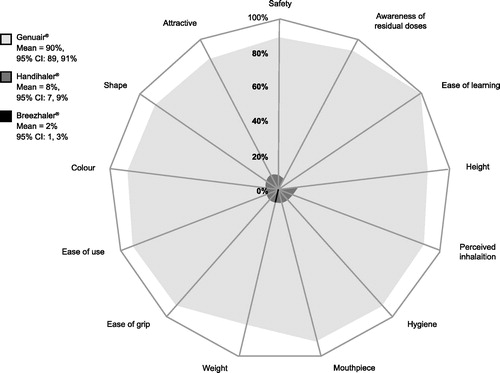Figures & data
Table 1. Characteristics of available DPIs for delivering COPD medications (Citation16, Citation18, Citation44–49).
Figure 1. Relationships between (a) patient-rated inhaler satisfaction and physician-assessed treatment compliance, and between compliance and (b) exacerbations, and (c) hospitalizations due to exacerbations in COPD patients (Citation12). COPD = chronic obstructive pulmonary disease. Reprinted from (Citation12) Copyright 2014, with permission from Elsevier.
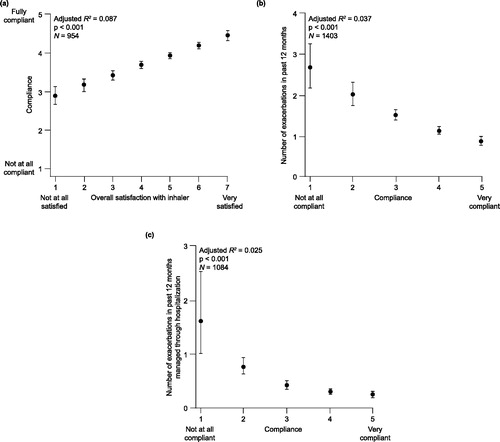
Figure 2. PIF through the Genuair® and HandiHaler® inhalers in patients with moderate or severe COPD (Citation19). Data points above the line reflect greater PIF through the Genuair® inhaler versus the HandiHaler®. COPD = chronic obstructive pulmonary disease; PIF = peak inspiratory flow. Reprinted from (Citation19) Copyright 2009, with permission from Elsevier.
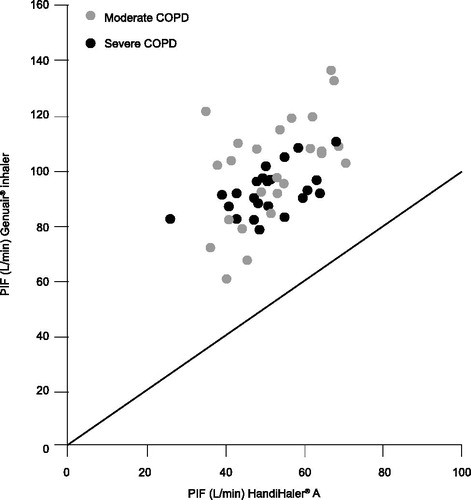
Figure 3. Structure and mechanism of the cyclone unit of the Genuair® device. Effective particle deagglomeration and powder aerosol generation is provided by the cyclone unit; (a) shows the position of the cyclone unit inside the Genuair® mouthpiece (transparent view); (b) shows the cyclone base (b1), powder channel (b2), and front (b3) and back (b4) view of the cyclone unit; (c) shows particle activities in the cyclone after an inhalation time of ∼0.25 s.

Figure 4. Genuair inhalation process (Citation16). Step 1: after removing the cap, the patient must hold the inhaler horizontally and press the button all the way down to load the dose. The control window will then change from red to green to indicate that the medicine is ready to be inhaled. The button can then be released. Step 2: after breathing out thoroughly, the patient must take a strong, deep breath through the mouthpiece to actuate the dose. The control window will change to red, indicating the medicine has been inhaled correctly.
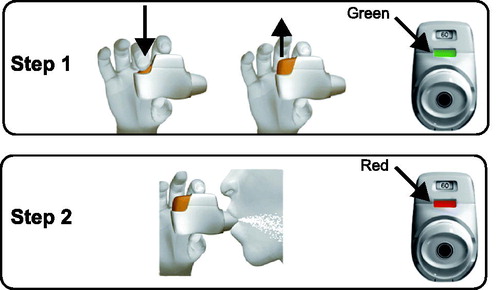
Figure 5. Cost per patient (mean ± standard deviation) of the time spent by the nurse explaining inhaler operability (Citation33). COPD = chronic obstructive pulmonary disease. Republished with permission of Dove Medical Press, from The economic impact of educational training assessed by the Handling Questionnaire with three inhalation devices in asthma and Chronic Obstructive Pulmonary Disease patients. Dal Negro R, Povero M. ClinicoEconomics and Outcomes Research 2016;8:171–176.
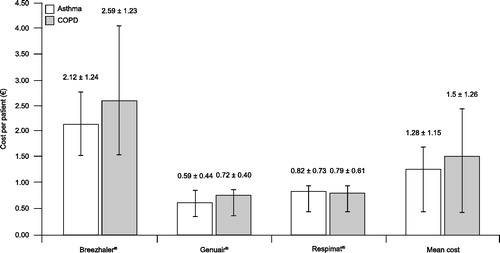
Figure 6. Overall inhaler device preference in two open-label, crossover studies (Citation35, Citation36) and one double-blind, double-dummy study (Citation39) comparing device performance in patients with COPD. ***p < 0.001; ****p < 0.0001. COPD = chronic obstructive pulmonary disease.
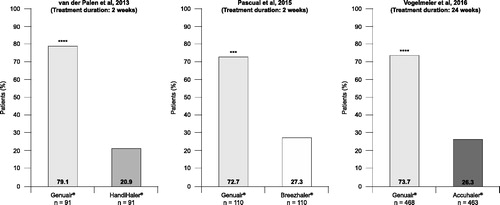
Table 2. Patient satisfaction and willingness to continue with Genuair® compared with other inhalation devices: results from randomized crossover studies (Citation34–37, Citation39).
Figure 7. Response to the question “which device offers the most convenience in terms of…?”: the patient’s opinion (Citation32). CI = confidence interval. Reproduced from (Citation32) Creative Commons Attribution 4.0 International License. For licence, please see http://creativecommons.org/licenses/by/4.0/
